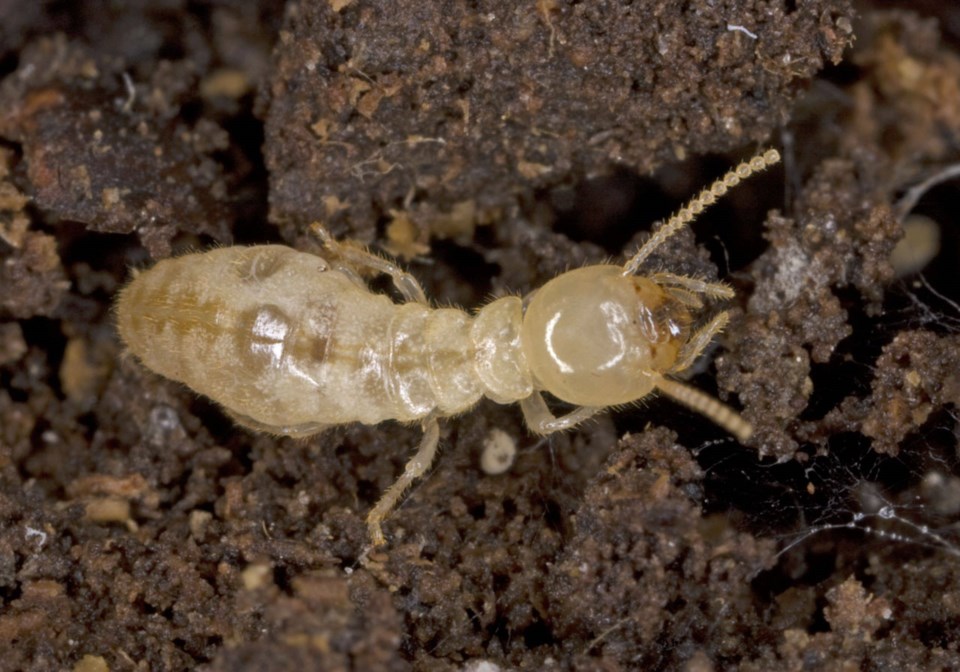GuelphToday received the following letter to the editor from reader Ian MacRae regarding the termite management discussion.
Centre Wellington residents are fortunate council deferred the termite management discussion on Jan. 30 to consider new information. The proposed Option 2 would not have solved the termite problem.
The previous council, of which I was a member, was united in our opinion that individual homeowners needed help to face our termite challenge. We endorsed a multi-year termite management control program.
History has shown that termites continue to spread despite individual homeowner efforts. Why? Because homeowners are not responsible for eradicating termites beyond their properties and on public lands.
Imagine raking all your leaves only to see more return because there is no concerted effort to simultaneously clean up neighbouring public and private locations. Termites present a similar challenge. They will return because they have places beyond your property to reorganize and assault again. Termite nests can contain up to a million termites, encompassing a 328-foot radius. Workers may forage across 250 feet and over 1/2 acre in a colony's foraging territory. Urban termites are becoming non-territorial, accepting rather than fighting other colonies. It's clear why householders need help to solve this problem.
As a former Ward 1 councillor, I studied the termite problem. I learned a lot from homeowners, pest control companies, chemical makers, a university entomologist who studies termites, and termite management control approaches in other municipalities and nations. Guelph's termite management is one of the most effective.
Dr. Myles' successful efforts in Guelph relied on the coordinated treatment of private and public lands block by block, shrinking the termites' territories and colonies. It also relied on educating the public about living with termites. Our previous Council proposed a similar approach which Option 2 ignores. Option 2 wastes public money and locks homeowners into a perpetual termite control levy.
Option 2's proposed $500 to $1,000 grant per impacted homeowner is a drop in the bucket to homeowners paying up to $8,000 every four to five years for inspections and treatment.
Who of you has spent thousands of dollars removing trees and stumps, tearing apart your home or tearing it down to remove termites? These scenarios are realities in our community.
In 2021, we had approximately 250 properties with termites. That number will rise until we get serious about addressing our collective problem. Given their persistence, your neighbour's termites may become yours.
Guelph demonstrated the benefits of block eradication and public education programs in limiting termite populations and spread. Option 2 ignores it.
Over time we can shrink the termite population and hopefully eradicate it, but that requires a force of will and commitment.
Ian MacRae



